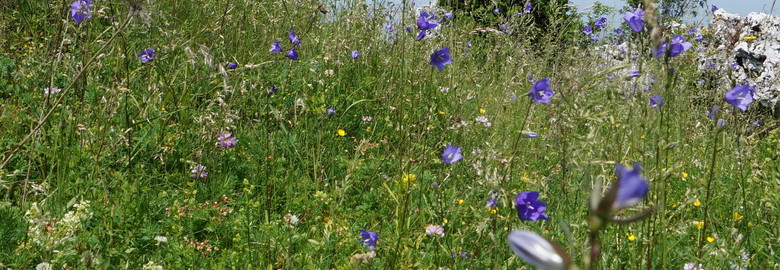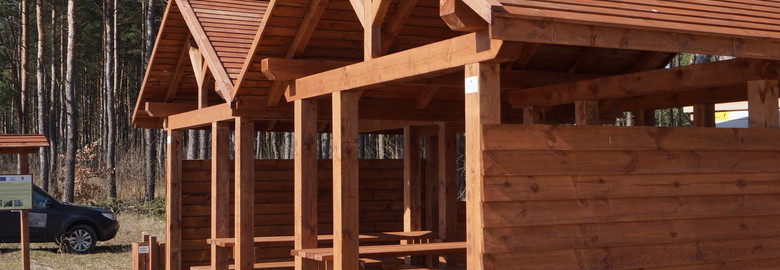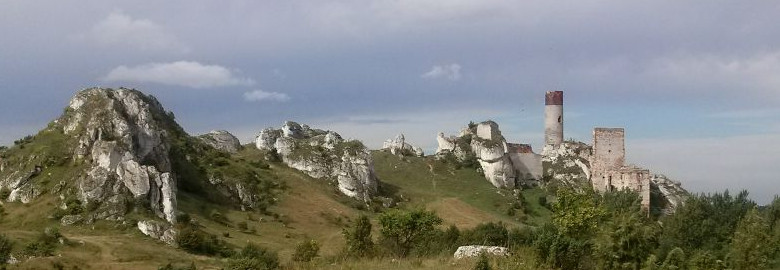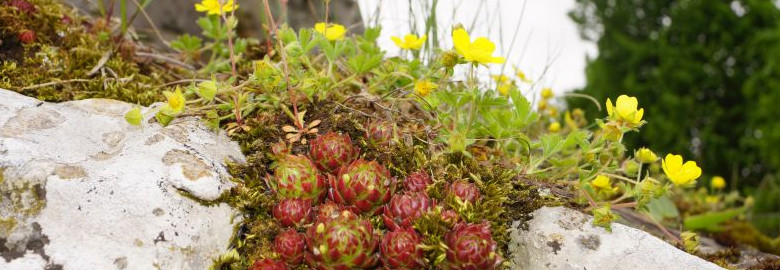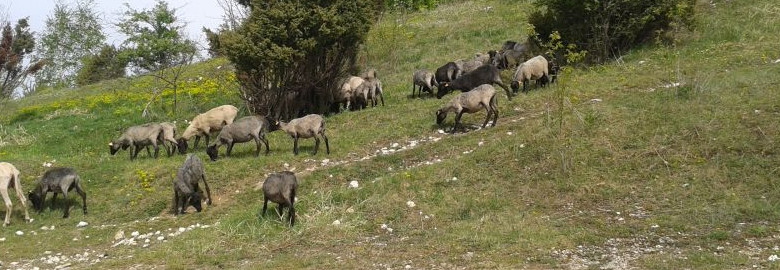Liczba wizyt
What's up with herding and grazing in Jura?...
In spite of the scorching days which Poland has been facing recently, herding and grazing carried out as a part of the LIFE+ project is still on.
'Eco-mowers' are constantly bringing consolation to plant communities in the Kraków-Częstochowa upland. Sheep and goat grazing is one of the means of active protection commonly used to protect non-forest habitats: xerothermic grasslands and rock grasslands. An important aspect of using farm animals in the efforts aimed at nature conservation is the fact that the animals eat certain species while avoiding other ones. Such selective nibbling helps the grasslands to develop important natural values. Moreover, the presence of sheep and goats on the hills of the Kraków-Częstochowa upland undoubtedly constitutes a tourist attraction for people visiting the area.
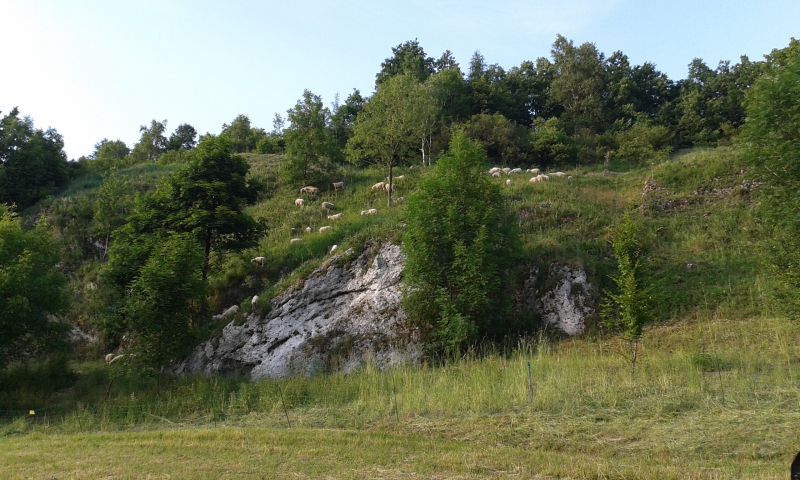
'Eco-mowers' grazing (Sikorowa rock, Smoleń)
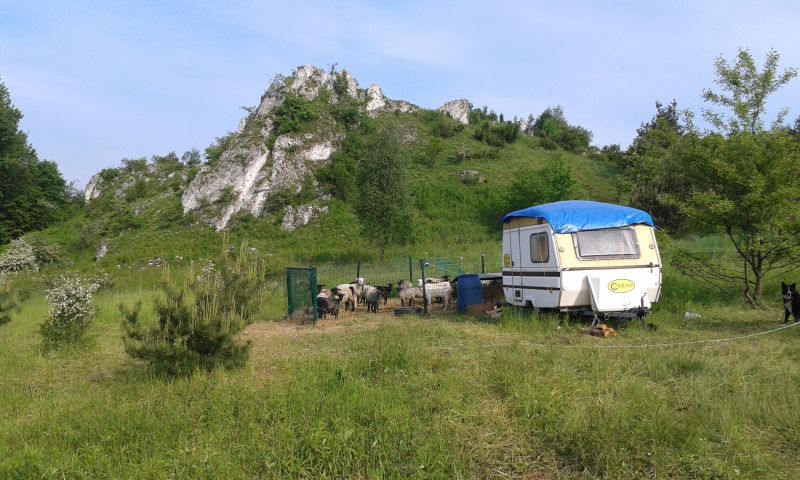
Łysa Pałka hill in Ryczów
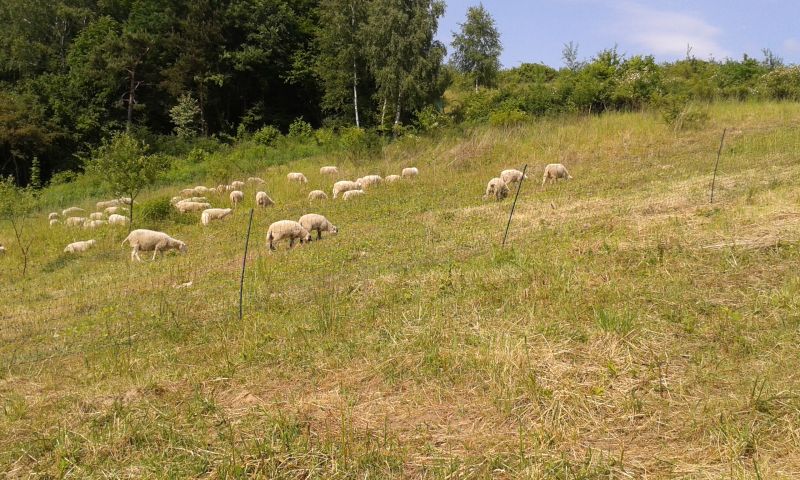
Grazing carried out on the Wypaleniec rise
Redyk (traditional commencement of the sheep grazing) in Olsztyn (Lipówki)
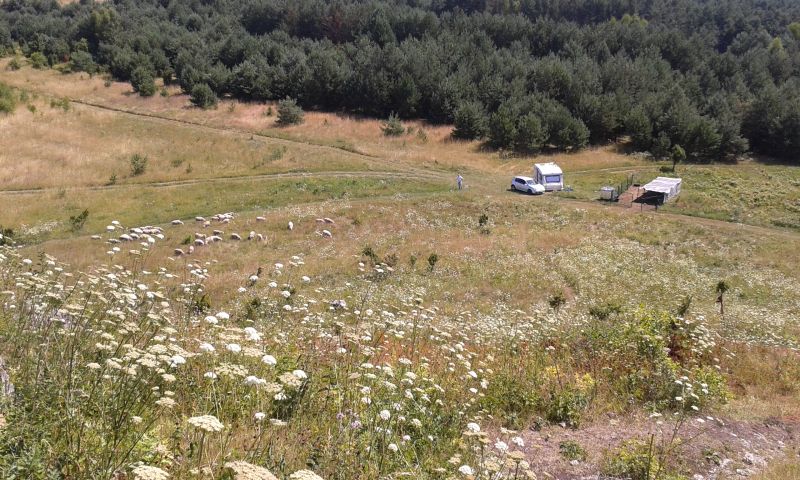
Herding base on the Biakło hill
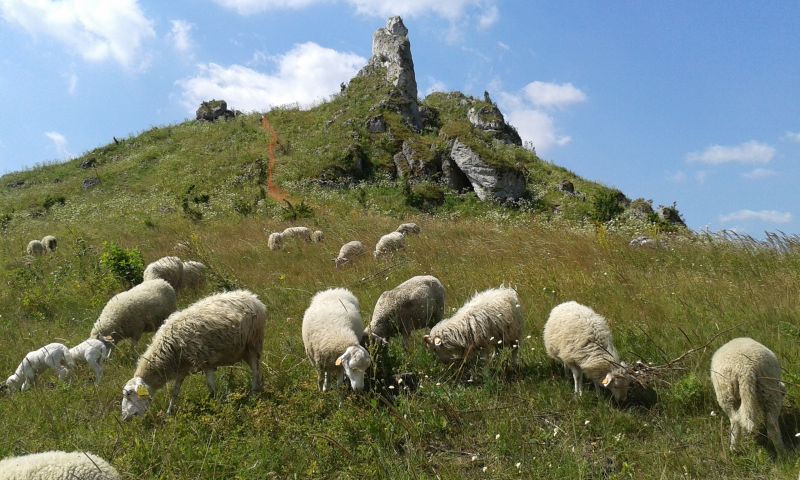
"We're protecting the stenothermic habitats of the Kraków-Częstochowa upland" (Biakło, Olsztyn)
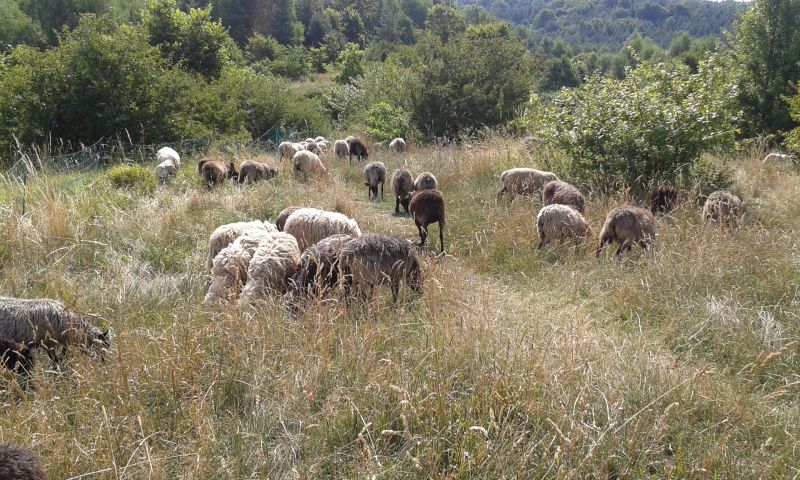
Grazing carried out on the Kromołowiec hill in Niegowonice
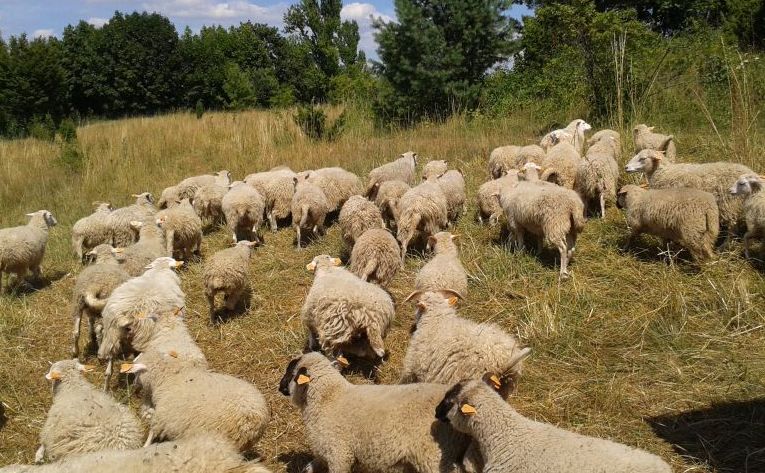
Rzędkowice
"It is the sheep and goats which help to protect the xerothermic grasslands", Towarne mountains in Olsztyn
LIFE+ sheep grazing! Ryczów – Cisownik
Population growth in the flock increases the efficiency of grazing, Olsztyn



